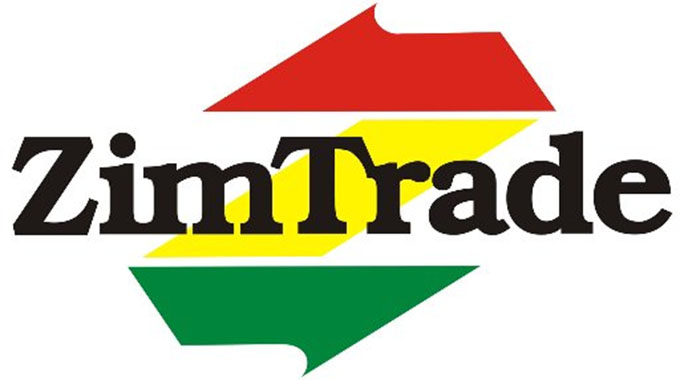Value-add products, timber exporters urged
Timber exporters should strive to value-add their products to optimise foreign exchange earnings, national trade promotion body, ZimTrade, has revealed.
ZimTrade said local firms should ensure that the bulk of their timber exports is valueadded to enhance demand in the export markets.
Most of the local industrial plantations produce sawn timber, veneer, plywood, fibreboard, pulp and paper, doors furniture, and engineered blocks.
A large percentage of the sawn timber output and timber-related products are exported to regional and international markets.
The growth of the domestic timber industry growth has lately been spurred by growing regional demand, stimulated by the booming construction industry in developing Southern African countries. Observers say this has the potential to drive growth in timber production in Zimbabwe.
At its peak in 2001, Zimbabwe exported timber products worth about $137 million and now intends to increase sales in the short to medium term. According to an assessment by the Food and Agriculture Organisation (FAO), an arm of the United Nations, the forestry industry contributes about 3 percent to the country’s gross domestic product.
Trade Map shows that Zimbabwe’s exports of wood (sawn or chipped lengthwise) in 2020 were US$6,4 million, which was an increase of 18.5 percent from 2019 US$5.4 million.
In 2020 Botswana was the largest importer of Zimbabwe wood products taking up to US$5,1 million worth of products.
Other countries that imported Zimbabwe’s wood (sawn or chipped lengthwise) include South Africa which imported US$1,1 million and Zambia US$244 000.
In 2020, Zimbabwe’s total wood products and articles of wood exports totaled US$15,6 million and the largest importers were Botswana at US$5,5 million,Zambia US$3,9 million, South Africa US$3,2 million, while Mozambique imported US$2,9 million worth of the wood products.
Zimbabwe boasts of abundant timber resources with high-quality hardwoods such as teak, pine and mukwa, and bark extract which has a ready market in the region and other Asian markets for leather tanning.
These types of trees are also used on most of the highly sought-after and luxurious furniture products that fetch higher prices in the export markets.
Furniture is a general household need and Zimbabwe has manufacturing companies that produce high-quality products which have managed to gain respect in the regional markets.
Currently, there are local producers who have diversified to include treated poles as well as bark extract on their product range.
At peak in 2001, Zimbabwe exported timber products worth about $137 million and was looking at increasing sales in the short to medium term driven by improved efficiencies.-The Herald











